The judges' winner of the 2023 Threatened Plant of the Year is Chaenomeles speciosa 'Contorta'.
Robust and attractive in many seasons due to the appleblossom flowers and the twisted branches that are a flower arranger's dream, this also has cultural heritage from its long history of cultivation in the UK.
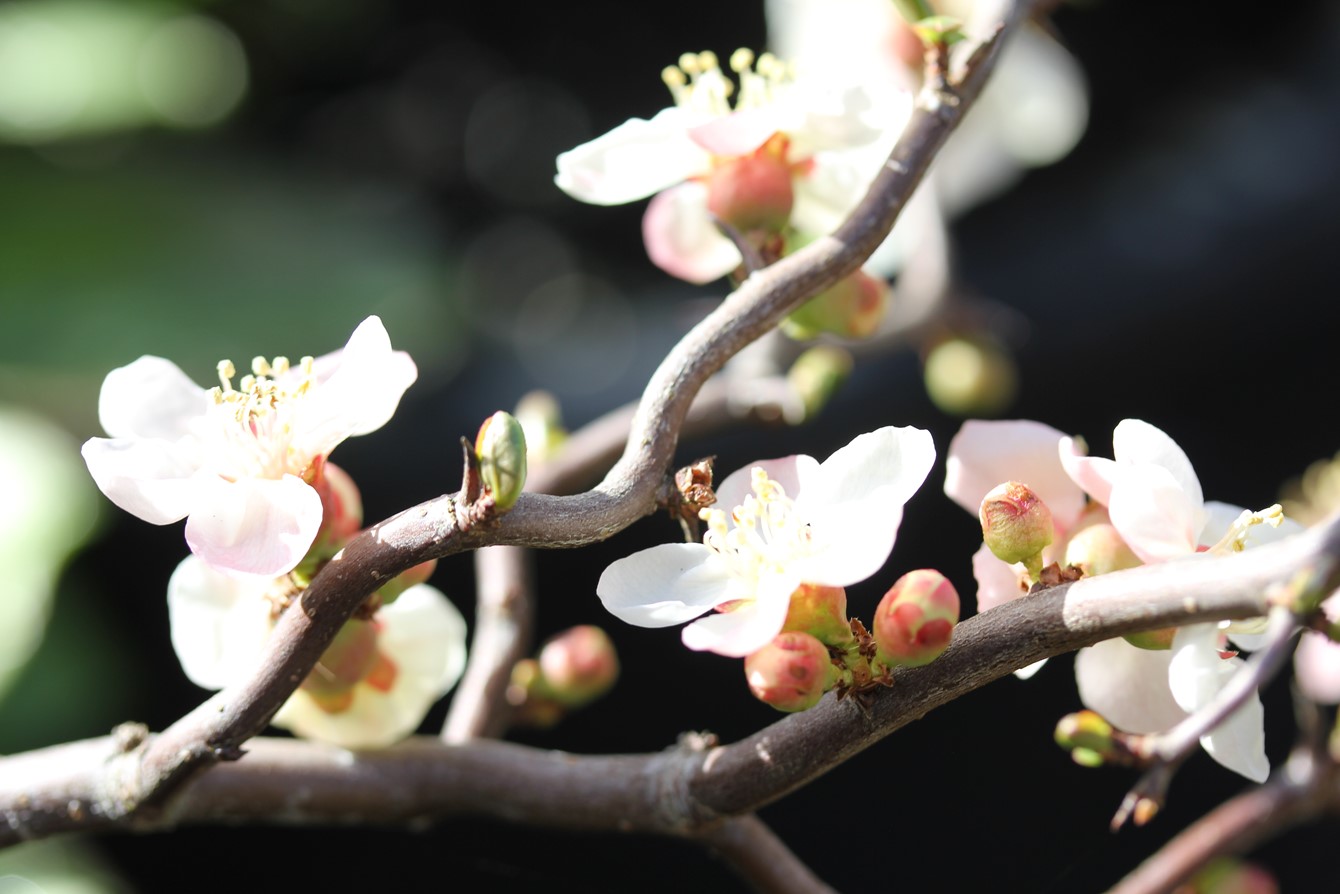
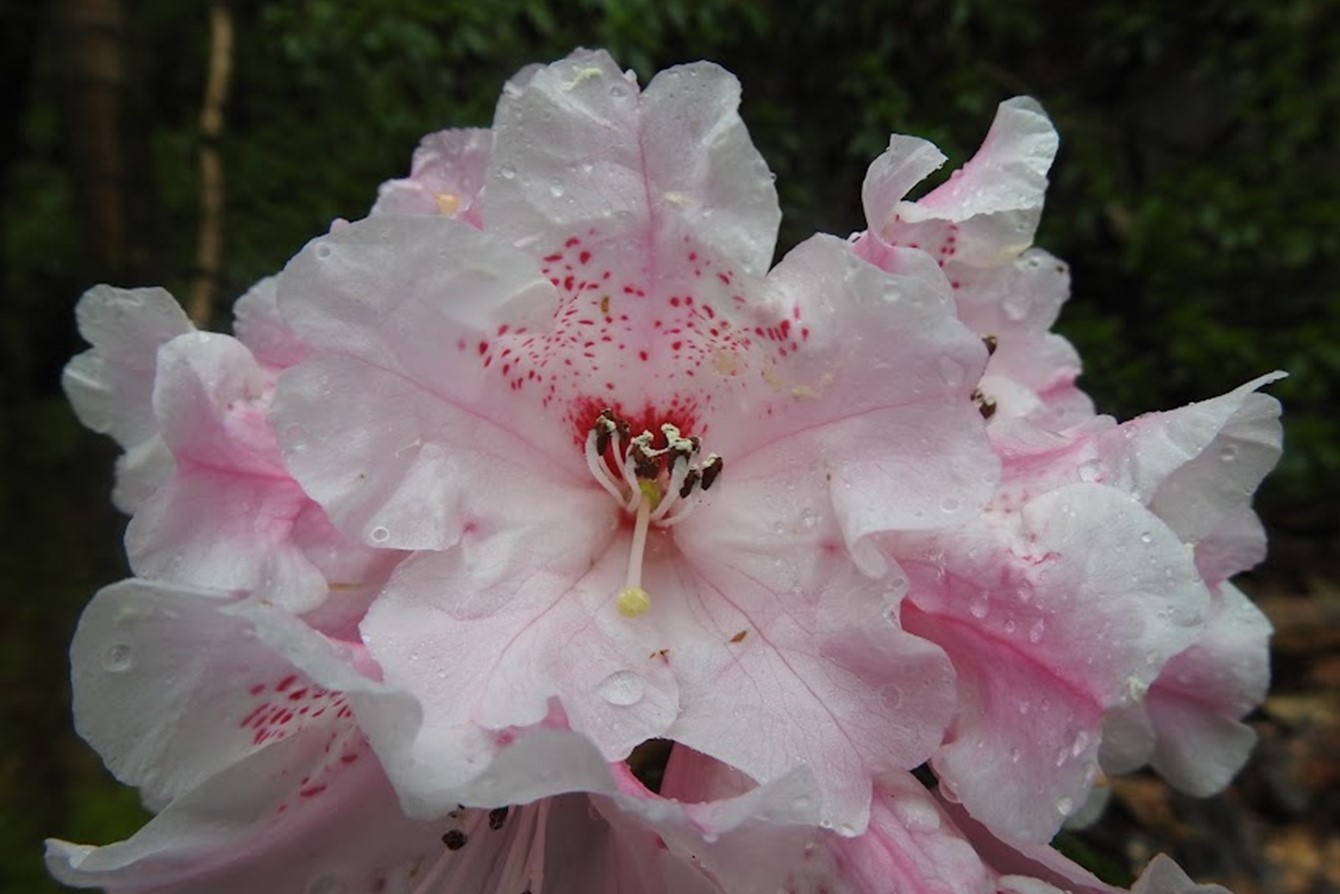
The Peoples' Choice vote was won by Rhododendron 'The Dowager', from the recently accredited National Plant Collection of Loder rhododendrons at Leonardslee Lakes and Gardens in Sussex.
See all the entries and read their stories below.
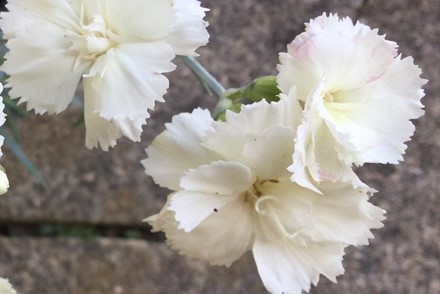
Dianthus 'Joan Schofield'
Dianthus 'Joan Schofield'
Introduced in 1996 by HR Whetman & Son – a leading specialist in Dianthus since the 1930s - as a sport from ‘Whatfield Cancan’, a plant bred by Joan Schofield.
Joan was an amateur breeder of alpine Dianthus, starting from her home in the 1950s, whose creations have become staple cultivars, with many still available. When she moved to Whatfield Hall, she founded Whatfield Pinks.
The plant named in her honour by Whetmans has white, open centred, scented double flowers with the barest of pink blush at the centre.
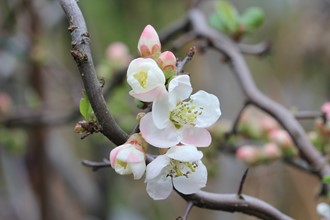
Chaenomeles speciosa 'Contorta'
Chaenomeles speciosa 'Contorta'
Originally from Japan and first imported into the USA in 1929 as the cultivar 'Rinho'.
It is one of only two surviving Chaenomeles cultivars in the UK to have tortuous branches and this one is by many accounts superior, with a much less congested open form and larger flowers which are always prominently displayed. It flowers early with pink tinged, white blooms, from early February into late March.
Though sometimes listed for sale, finding an actual plant has consistently come up blank. This is currently one of only four plants still known to exist in the UK.
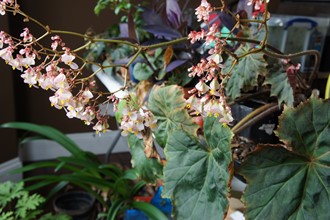
Begonia 'Lettonica'
Begonia ‘Lettonica’
Also called Latvian begonia, this is a hybrid of B. heracleifolia x B. nelumbiifolia. Attributed to the Latvian Botanic Gardens in 1935, though further information is limited as they lost their pre WWII records.
It is notable for its large inflorescences (60-80cm in length) which carry hundreds of pink flowers above the foliage. A large, rhizomatous plant with leaves up 40cm across bronze to dark green on upper leaf surface and a dark maroon on the lower surface.
As far as we know this is one of only 3 plants in the UK.
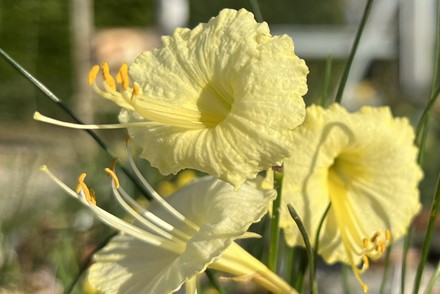
Narcissus romieuxii 'Julia Jane'
Narcissus romieuxii 'Julia Jane'
Cultivars can become threatened if the plant that is sold in nurseries under a particular name is not as originally described. This seems to be the case for this delicate Narcissus.
‘Julia Jane’ is a selection from a plant originally collected from the wild in Morocco. The selection was made by the collector, the late JC Archibald, and named for his daughter. It was first sold in 1974.
It is distinguished by the very widely expanded petunioid corona (hoop) whose rim is almost rolled back. Dwarf in habit and early flowering.
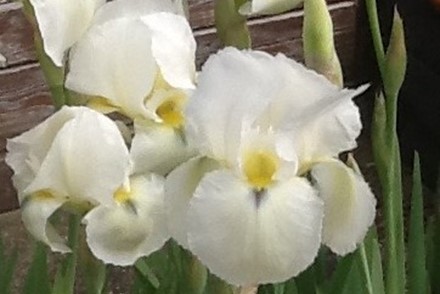
Iris 'Amanda Jane'
Iris ‘Amanda Jane'
This Iris was first registered with the American Iris Society in 2012 by the late Geoff Wilson, who considered it his finest achievement.
Geoff was an engineer, maths teacher and painter, who also developed an interest in irises, and bred Arilbred types (hybrids between bearded and aril irises) in Louth, Lincolnshire.
He was the only successful UK breeder of these types, with over 20 named introductions. This plant is ('Onlooker' x 'Syrian Moon') x unknown arilbred. It was named for a friend in Louth, who bonded over a mutual love of football and Latin!
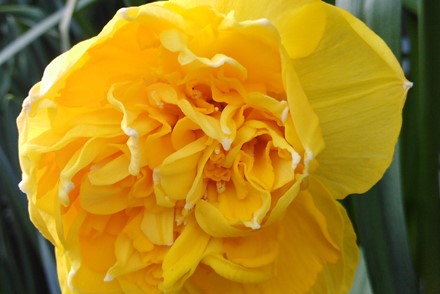
Narcissus 'Hever'
Narcissus ‘Hever’
Noel Burr was a well-known amateur breeder and exhibitor of daffodils from East Sussex.
Despite growing all his plants in a small plot in his back garden he managed to register 58 new cultivars with the International Daffodil register. Though many are now lost, a dispersed National Collection is now dedicated to gathering together and conserving what remains.
'Hever' is a Division 4 daffodil, registered in 1996. Parents were 'Golden Aura' x 'Tonga'
It is named after Hever Castle in Kent, and the Collection has now donated bulbs to be grown in the caste gardens.
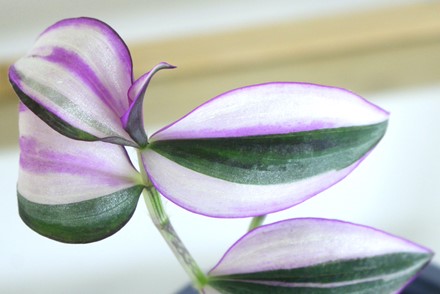
Tradescantia 'Quadricolor'
Tradescantia 'Quadricolor'
‘Quadricolor' was first introduced with the name 'Multicolor Mme Lequesne' in 1884. But very soon after its introduction, the name 'Quadricolor' became universal and is now accepted. It has been in cultivation in the UK since its introduction, but declining in popularity.
The name 'Quadricolor' has also recently become misapplied as a trade name for a different Tradescantia cultivar, which causes identity confusion and makes the true plant more difficult to find.
This original version has random sectoral variegation in addition to the usual variegation, which creates stripes of white or pink.
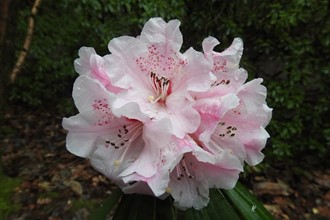
Rhododendron 'The Dowager'
Rhododendron 'The Dowager'
Sir Edmund Loder is known for creating the Loderi group of hybrid rhododendrons at his estate in Sussex in the early 1900s. His work was continued by his widow, who crossed R. 'Muriel' - another unique hybrid on the estate - with R. arboreum.
It was named and introduced by Miss E. Godman, who lived nearby, and won an Award of Merit when exhibited in 1968. It forms a medium-sized tree with a silvery undersides to the leaves and pink and white flowers in March
This is thought to be the original plant raised by Lady Loder and the only example we know of.
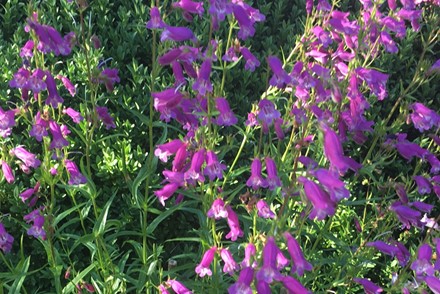
Penstemon 'Axe Valley Penny Mitchell'
Penstemon 'Axe Valley Penny Mitchell'
The Axe Valley series of penstemons were bred by Shirley Reynolds, a past National Collection holder for this genus, at her home in Seaton, Devon. Though they have been available to buy in the past, none now are listed for sale.
Our entrant says of this plant 'it is always a reliable "doer" in the high to late summer, producing a large number of deep pink flowers over a long period and being a useful cut flower. Last summer and this winter has been particularly harsh for penstemon and this is the only one that has come through unscathed'.
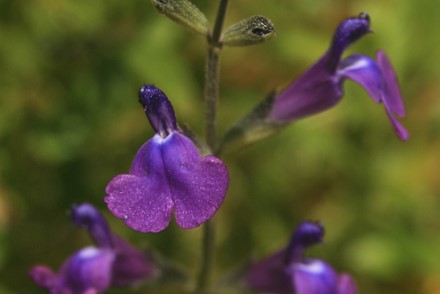
Salvia 'Rodbaston Breeze'
Salvia 'Rodbaston Breeze'
The Rodbaston series of salvias are named for Rodbaston College in Staffordshire, home of an ex-National Plant Collection. They owe their existence to the dedication of the previous head gardener who spotted some choice, unnamed seedlings in amongst the wild collected specimens from Mexico.
'Rodbaston Breeze’, according to our entrant, ‘is compact and long flowering with blackcurrant scented foliage. It has a very different colour flower in that it goes more towards the violet-blue of the spectrum…this indicates probably that it is crossed with Salvia lycioides'.
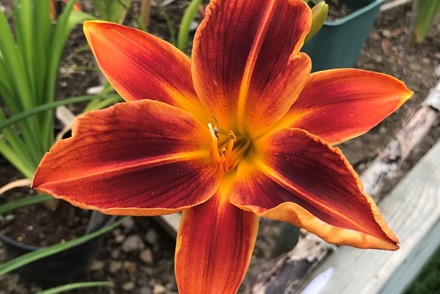
Hemerocallis 'Banbury Copper'
Hemerocallis 'Banbury Copper'
Leonard Brummitt was an amateur enthusiast who bred daylilies from his home in Oxfordshire in the 1960s and 70s. Many had ‘Banbury’ as part of the plant name, but only a handful are still available today.
It is thanks to the research of previous National Collection Holders Gerald & Mary Sinclair that Brummitt’s legacy was gathered together and conserved.
‘Banbury Copper’ is a favourite of the entrant, who says ‘it is a great doer and had two flushes of blooms in spring and autumn last year.’
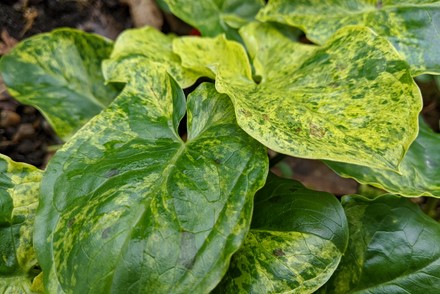
Arum italicum 'Miss Janay Hall'
Arum italicum subsp. neglectum 'Miss Janay Hall’
Our entrant fell in love with the unusual, random, yellow variegation of these leaves. Looking to source more tubers a few years later, they realised that no-one now supplied it.
Described as forming ‘a lovely, large and spreading clump, which delights me with its glossy foliage in winter and spring, white arum flowers in summer, and spikes of “lords and ladies” red fruits in autumn.'
This plant was selected by Peter Hall and named for his niece. Though it has been available commercially until fairly recently, there are no current suppliers.
Join Plant Heritage today
Special offer: 12 months for the price of 9 by Direct Debit
Be part of a colourful and imaginative future, ensuring garden plants will be enjoyed by generations to come

